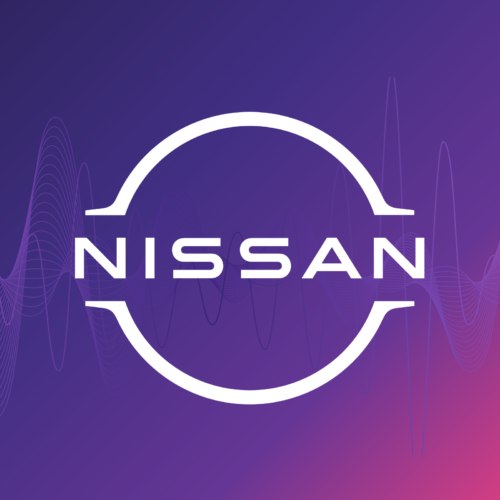In today’s increasingly competitive business landscape, good customer service levels are crucial for maintaining long-term relationships with customers, which helps companies minimize costs while maximizing profitability. Without systems for obtaining the required feedback to improve customer service, persistent customer issues can go unnoticed and inefficiencies linger – negatively impacting customer satisfaction.
Conversational analytics provides a solution to this challenge by allowing contact centers to analyze customer interactions in real-time, providing timely insights that can inform better decision-making and enhance customer service.
Leveraging Conversational Insights to Better Understand Customer Behavior, Preferences, and Pain Points
Let’s begin by looking at the key ways that conversational insights and analytics solutions provide contact centers with deeper insight into customer behavior and needs.
- Identify Recurring Issues: Conversational analytics allow contact centers to quickly identify recurring service issues and frequently asked questions to pinpoint the most common customer pain points. This data can be used to improve agent onboarding and training, as well as help determine which tasks can be potentially automated by AI applications in the future, enabling faster resolutions to common customer issues.
- Sentiment Analysis: A key feature of conversational analytics is real-time sentiment detection and scoring, which helps agents understand when a conversation needs to be steered more carefully to mitigate customer frustration.
- Product and Service Feedback: Instead of relying solely on conventional methods to obtain post-interaction feedback, such as surveys and website or social media reviews, AI-powered analytics includes product and service feedback that surfaces during customer conversations. This not only allows organizations to collect more information more frequently, but the feedback is the customer’s actual words, which results in a much richer understanding of customer needs. A more accurate view of both where there are customer pain points and even where there are positive customer experiences helps drive faster improvements with improved results.
Enhancing Customer Experience Through Analytics
After using contact center analytics to develop a better understanding of customers’ behaviors, intentions, and opinions, companies can leverage AI-powered analytics to create improved customer experiences that boost customer loyalty and increase spend. Here are a few examples of how:
- Improved AI Self-Service: Analytics helps to identify the most common customer issues and pain points, uncovering automation opportunities that decrease handle times and reduce expensive customer-to-agent interactions.
- Increased Sales Revenues: Conversational analytics can be used to identify trends and seasonality in sales data. This allows companies to better anticipate customer demand and, subsequently, refine their procurement and inventory strategies while preparing competitive pricing and offers at relevant times.
- Personalization: Conversational data also enables a powerful understanding of customers and trends, with the ability to drill down to a micro view of a single customer at any time. This can help generate customer profiles based on past purchases, expressed and inferred preferences, and other data extracted from interactions to offer tailored recommendations.
The Long-Term Value of Data-Driven Decision-Making and AI-Powered Innovation
Perhaps the most significant benefit of conversational analytics is that its effects are cumulative and increase over time. Here are the longer-term benefits of decision-making driven by conversational intelligence.
- Continuous Alignment with Organizational Goals: Analytics ensure that contact centers always have enough data to determine if they’re on course to achieve the organizational goals of the business as a whole. Knowing how contact center performance measures up to key goals and expectations allows companies to monitor and improve operations for an improved overall bottom line.
- Improved Competitive Edge: The insights derived from customer interactions, such as product or service feedback, offer invaluable information to help businesses remain relevant and meet revenue expectations in a highly competitive business environment. These insights not only help beat the competition, but they also provide an understanding of how to drive faster and more efficient innovation to provide continued product and service excellence. Demonstrating competitive leadership not only attracts new business, but it also helps increase the investment and long-term loyalty of existing customers.
- Continuous Improvement at Scale: The more data they analyze, and the better companies leverage their capabilities, the more effective conversational AI systems become. Having honed their analytical and predictive abilities on vast amounts of data, conversational intelligence solutions effectively become “smarter” and more applicable to larger and more intricate use cases.
About the Author
Chris Adomaitis, Global Director, Solution Consulting
25 years selling contact center solutions, many of them with Voice and chat automation services. With deep expertise across CX, tech implementation, and international markets, he has held senior roles at Adapt and Serenova, and began his career at a global BPO where he rose to an executive role by aligning service tech with complex enterprise needs.


